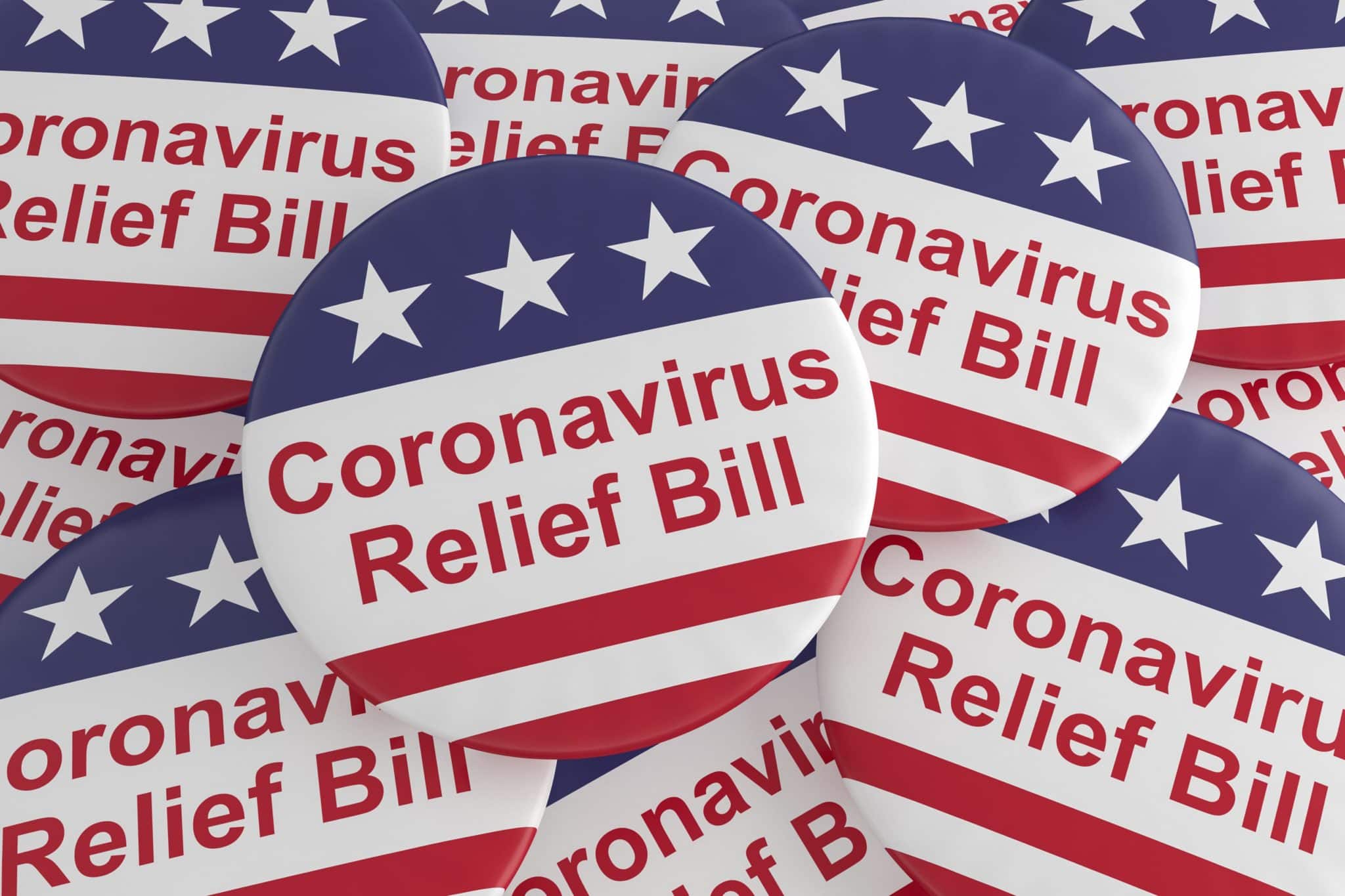The COVID-19 pandemic has led to a surge in unemployment. And while people who have been furloughed or lost their jobs are among the hardest hit by the pandemic, those who remain employed have also experienced financial hardships. Fortunately, the tax code provides some incentives for employers who wish to provide their employees with assistance, Section 139.
Internal Revenue Code Section 139 provides tax breaks for “qualified disaster relief payments,” including payments on account of COVID-19, which was declared a federal disaster last spring. (See “What’s a qualified disaster?”) Payments may qualify whether they’re made by an employer, a government agency, a charity or some other organization.
To streamline the distribution of relief, Section 139 dispenses with some of the formalities required for other types of benefits, such as having a written plan and requiring recipients to substantiate their need. Nevertheless, it’s recommended that employers put their plans in writing and ask employees to document their expenses.
Assistance that qualifies for Section 139
Under Section 139, qualified disaster relief payments include amounts paid to or for the benefit of an individual to 1) reimburse or pay reasonable and necessary personal, family, living, or funeral expenses incurred as a result of a qualified disaster, or 2) reimburse or pay reasonable and necessary expenses incurred for the repair or rehabilitation of a personal residence or repair or replacement of its contents to the extent that the need for such repair, rehabilitation, or replacement is attributable to a qualified disaster. (Certain payments by government agencies or common carriers also qualify.)
These payments qualify only to the extent that the recipient’s expenses aren’t otherwise reimbursed or paid by insurance.
The IRS hasn’t provided COVID-19–specific guidance on qualified disaster relief, but presumably tax-advantaged treatment would be available for:
- Unreimbursed medical expenses, such as co-pays, nonprescription drugs or critical care, for COVID-19 treatment,
- Other expenses incurred as a result of COVID-19, such as masks, hand sanitizer, disinfectant cleaning products and grocery delivery services,
- Funeral expenses for an employee or family member who dies of COVID-19,
- Equipment or services needed to work remotely, such as computers, printers and Internet service, and
- New or increased expenses for children as a result of virtual learning requirements or school closings.
Qualified disaster relief doesn’t include payments that constitute compensation (for example, lost wages or sick pay) or payments for nonessential or luxury items.
Tax benefits for employers and employees
Qualified disaster relief payments are income-tax-free to employees. From the employer’s perspective, qualified disaster relief payments are generally deductible as ordinary and necessary business expenses. However, because they’re not considered compensation, neither the employer nor the employee is subject to payroll taxes (such as Social Security, Medicare or unemployment) on these payments.
Advantages of having a formal plan
As noted above, Section 139 doesn’t require you to prepare a written disaster relief plan. But there are definite advantages to doing so. A written plan is a great way to communicate your COVID-19 relief policy to employees and to outline the types of expenses you’ll pay or reimburse, employee eligibility requirements (if any), the procedures for requesting relief, methods of payment or reimbursement, and the program’s start and end dates.
Unlike other expense reimbursement arrangements — such as for travel or meals — Section 139 doesn’t require you to obtain receipts, canceled checks or other substantiation from employees. According to a 2003 IRS ruling, payments meet Section 139 requirements so long as you reasonably expect them to be “commensurate with” employees’ actual expenses. Nevertheless, it’s advisable to require employees to document their expenses to ensure that they meet the “commensurate with” standard and to avoid excessive — or even fraudulent — claims.
Your payroll or benefits vendors can help
If you’re considering disaster relief, but you’re concerned about your staff’s ability to handle the extra workload, find out if your payroll or benefits vendors can help. Many of these providers are now equipped to administer Section 139 programs. They’re able to facilitate disaster relief payments and ensure that the related tax benefits are properly structured and tracked.
Avoid tax surprises
If you’d like to provide your employees with tax-free COVID-19 assistance, plan carefully to avoid unexpected tax consequences. We can help you ensure that relief payments meet the requirements of Section 139 and won’t expose your employees to additional tax liabilities down the road, so feel free to contact us.
What’s a qualified disaster?
Under Section 139, “qualified disasters” include:
- Disasters that result from terroristic or military actions,
- Federally declared disasters,
- Disasters that result from an accident involving a common carrier, or from other “catastrophic” events, and
- For certain government relief payments, disasters determined by applicable federal, state or local authorities to warrant government assistance.
COVID-19 qualifies as a federally declared disaster — that is, one that was determined by the President to warrant federal government assistance under the Robert T. Stafford Disaster Relief and Emergency Assistance Act. Although the disaster declaration didn’t specify an end date, the President has the power to lift the disaster designation.
© 2021


